Which of the following is a criticism mentioned in the passage about modern architecture?
Paragraf 1 Modern architecture has significantly influenced how cities are designed and how individuals interact with urban spaces. While its clean lines and functional aesthetics have garnered praise, critics argue that modern architecture often neglects the social and environmental needs of communities. For instance, some skyscrapers create wind tunnels at street level, making pedestrian zones less enjoyable. Others point out that modern designs frequently prioritize form over function, leading to poorly ventilated buildings or inefficient use of natural light. Advocates, however, believe that integrating modern principles with sustainable practices can solve these issues. For example, green roofs and energy-efficient materials can harmonize architectural innovation with ecological responsibility. Despite the critiques, modern architecture continues to evolve, shaping the identity of urban environments worldwide.
According to the passage, what is one way to address the criticisms of modern architecture?
Paragraf 1 Modern architecture has significantly influenced how cities are designed and how individuals interact with urban spaces. While its clean lines and functional aesthetics have garnered praise, critics argue that modern architecture often neglects the social and environmental needs of communities. For instance, some skyscrapers create wind tunnels at street level, making pedestrian zones less enjoyable. Others point out that modern designs frequently prioritize form over function, leading to poorly ventilated buildings or inefficient use of natural light. Advocates, however, believe that integrating modern principles with sustainable practices can solve these issues. For example, green roofs and energy-efficient materials can harmonize architectural innovation with ecological responsibility. Despite the critiques, modern architecture continues to evolve, shaping the identity of urban environments worldwide.
What does the passage imply about modern architecture’s future?
Paragraf 1 Modern architecture has significantly influenced how cities are designed and how individuals interact with urban spaces. While its clean lines and functional aesthetics have garnered praise, critics argue that modern architecture often neglects the social and environmental needs of communities. For instance, some skyscrapers create wind tunnels at street level, making pedestrian zones less enjoyable. Others point out that modern designs frequently prioritize form over function, leading to poorly ventilated buildings or inefficient use of natural light. Advocates, however, believe that integrating modern principles with sustainable practices can solve these issues. For example, green roofs and energy-efficient materials can harmonize architectural innovation with ecological responsibility. Despite the critiques, modern architecture continues to evolve, shaping the identity of urban environments worldwide.
What is the author's overall tone regarding modern architecture?
Paragraf 1 Modern architecture has significantly influenced how cities are designed and how individuals interact with urban spaces. While its clean lines and functional aesthetics have garnered praise, critics argue that modern architecture often neglects the social and environmental needs of communities. For instance, some skyscrapers create wind tunnels at street level, making pedestrian zones less enjoyable. Others point out that modern designs frequently prioritize form over function, leading to poorly ventilated buildings or inefficient use of natural light. Advocates, however, believe that integrating modern principles with sustainable practices can solve these issues. For example, green roofs and energy-efficient materials can harmonize architectural innovation with ecological responsibility. Despite the critiques, modern architecture continues to evolve, shaping the identity of urban environments worldwide.
What is one benefit of space exploration mentioned in the passage?
Paragraf 2 Space exploration has sparked endless curiosity and debate since the first satellite was launched in 1957. Proponents argue that space exploration not only deepens our understanding of the universe but also fosters technological innovations that benefit everyday life. For instance, satellite technology has revolutionized communication and weather forecasting. However, critics highlight the immense costs involved and suggest that these funds could be better spent on solving pressing issues on Earth, such as poverty and climate change. Another concern is the environmental impact of rocket launches, which release harmful emissions into the atmosphere. As space agencies worldwide aim to make space exploration more sustainable, private companies have also entered the field, raising hopes of reduced costs and increased accessibility. The debate over whether space exploration is worth the investment remains ongoing.
Why do critics question the value of space exploration?
Paragraf 2 Space exploration has sparked endless curiosity and debate since the first satellite was launched in 1957. Proponents argue that space exploration not only deepens our understanding of the universe but also fosters technological innovations that benefit everyday life. For instance, satellite technology has revolutionized communication and weather forecasting. However, critics highlight the immense costs involved and suggest that these funds could be better spent on solving pressing issues on Earth, such as poverty and climate change. Another concern is the environmental impact of rocket launches, which release harmful emissions into the atmosphere. As space agencies worldwide aim to make space exploration more sustainable, private companies have also entered the field, raising hopes of reduced costs and increased accessibility. The debate over whether space exploration is worth the investment remains ongoing.
What does the passage suggest about the future of space exploration?
Paragraf 2 Space exploration has sparked endless curiosity and debate since the first satellite was launched in 1957. Proponents argue that space exploration not only deepens our understanding of the universe but also fosters technological innovations that benefit everyday life. For instance, satellite technology has revolutionized communication and weather forecasting. However, critics highlight the immense costs involved and suggest that these funds could be better spent on solving pressing issues on Earth, such as poverty and climate change. Another concern is the environmental impact of rocket launches, which release harmful emissions into the atmosphere. As space agencies worldwide aim to make space exploration more sustainable, private companies have also entered the field, raising hopes of reduced costs and increased accessibility. The debate over whether space exploration is worth the investment remains ongoing.
What is the main argument of the passage?
Paragraf 2 Space exploration has sparked endless curiosity and debate since the first satellite was launched in 1957. Proponents argue that space exploration not only deepens our understanding of the universe but also fosters technological innovations that benefit everyday life. For instance, satellite technology has revolutionized communication and weather forecasting. However, critics highlight the immense costs involved and suggest that these funds could be better spent on solving pressing issues on Earth, such as poverty and climate change. Another concern is the environmental impact of rocket launches, which release harmful emissions into the atmosphere. As space agencies worldwide aim to make space exploration more sustainable, private companies have also entered the field, raising hopes of reduced costs and increased accessibility. The debate over whether space exploration is worth the investment remains ongoing.
How does AI enhance education, according to the passage?
Paragraf 3 The rise of artificial intelligence (AI) in education has transformed traditional teaching and learning methods. AI-powered tools like personalized learning platforms adapt to students' individual needs, helping them progress at their own pace. Virtual tutors and chatbots also provide round-the-clock assistance, enabling learners to overcome challenges outside regular class hours. Critics, however, warn that an overreliance on AI might diminish human interaction and the role of teachers in fostering critical thinking and creativity. There are also concerns about data privacy, as these platforms often require extensive personal information to function effectively. Proponents counter that AI is a tool to enhance, not replace, traditional education, and that its benefits outweigh the risks when used responsibly. As AI continues to develop, its integration into classrooms is expected to grow.
What is one concern critics have about AI in education?
Paragraf 3 The rise of artificial intelligence (AI) in education has transformed traditional teaching and learning methods. AI-powered tools like personalized learning platforms adapt to students' individual needs, helping them progress at their own pace. Virtual tutors and chatbots also provide round-the-clock assistance, enabling learners to overcome challenges outside regular class hours. Critics, however, warn that an overreliance on AI might diminish human interaction and the role of teachers in fostering critical thinking and creativity. There are also concerns about data privacy, as these platforms often require extensive personal information to function effectively. Proponents counter that AI is a tool to enhance, not replace, traditional education, and that its benefits outweigh the risks when used responsibly. As AI continues to develop, its integration into classrooms is expected to grow.
How do proponents view AI’s role in education?
Paragraf 3 The rise of artificial intelligence (AI) in education has transformed traditional teaching and learning methods. AI-powered tools like personalized learning platforms adapt to students' individual needs, helping them progress at their own pace. Virtual tutors and chatbots also provide round-the-clock assistance, enabling learners to overcome challenges outside regular class hours. Critics, however, warn that an overreliance on AI might diminish human interaction and the role of teachers in fostering critical thinking and creativity. There are also concerns about data privacy, as these platforms often require extensive personal information to function effectively. Proponents counter that AI is a tool to enhance, not replace, traditional education, and that its benefits outweigh the risks when used responsibly. As AI continues to develop, its integration into classrooms is expected to grow.
What does the passage imply about the future of AI in education?
Paragraf 3 The rise of artificial intelligence (AI) in education has transformed traditional teaching and learning methods. AI-powered tools like personalized learning platforms adapt to students' individual needs, helping them progress at their own pace. Virtual tutors and chatbots also provide round-the-clock assistance, enabling learners to overcome challenges outside regular class hours. Critics, however, warn that an overreliance on AI might diminish human interaction and the role of teachers in fostering critical thinking and creativity. There are also concerns about data privacy, as these platforms often require extensive personal information to function effectively. Proponents counter that AI is a tool to enhance, not replace, traditional education, and that its benefits outweigh the risks when used responsibly. As AI continues to develop, its integration into classrooms is expected to grow.

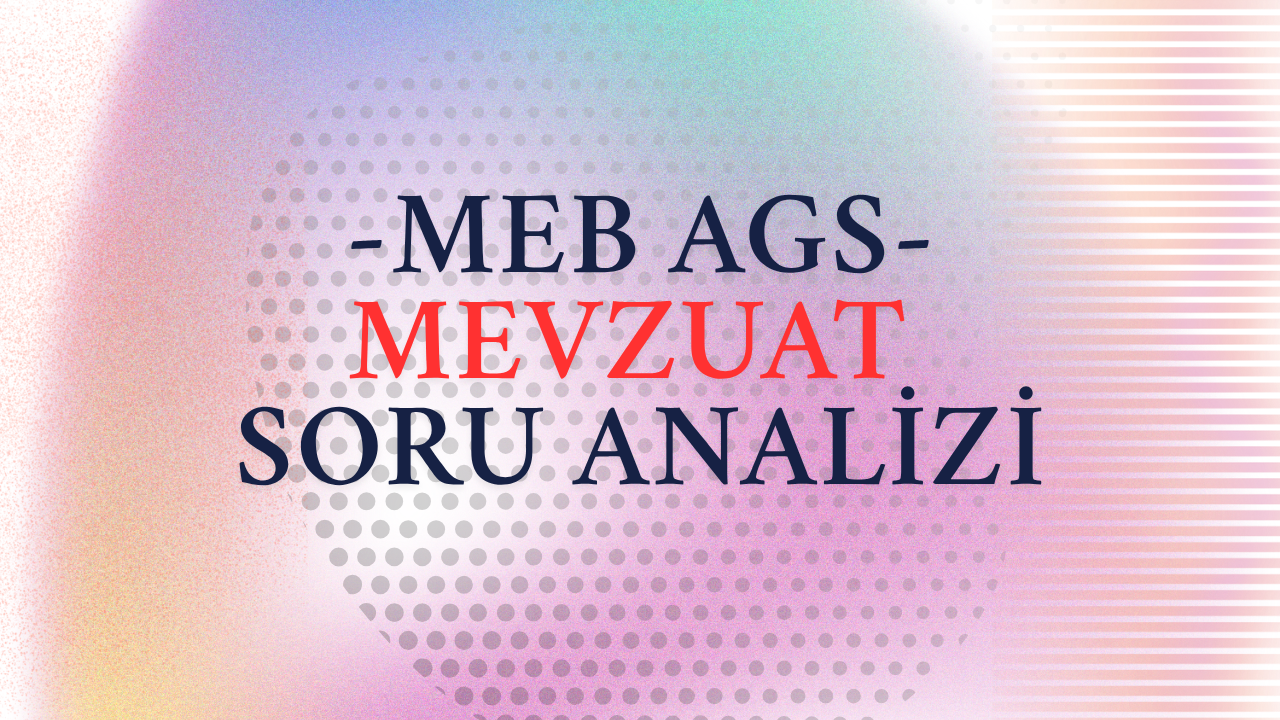
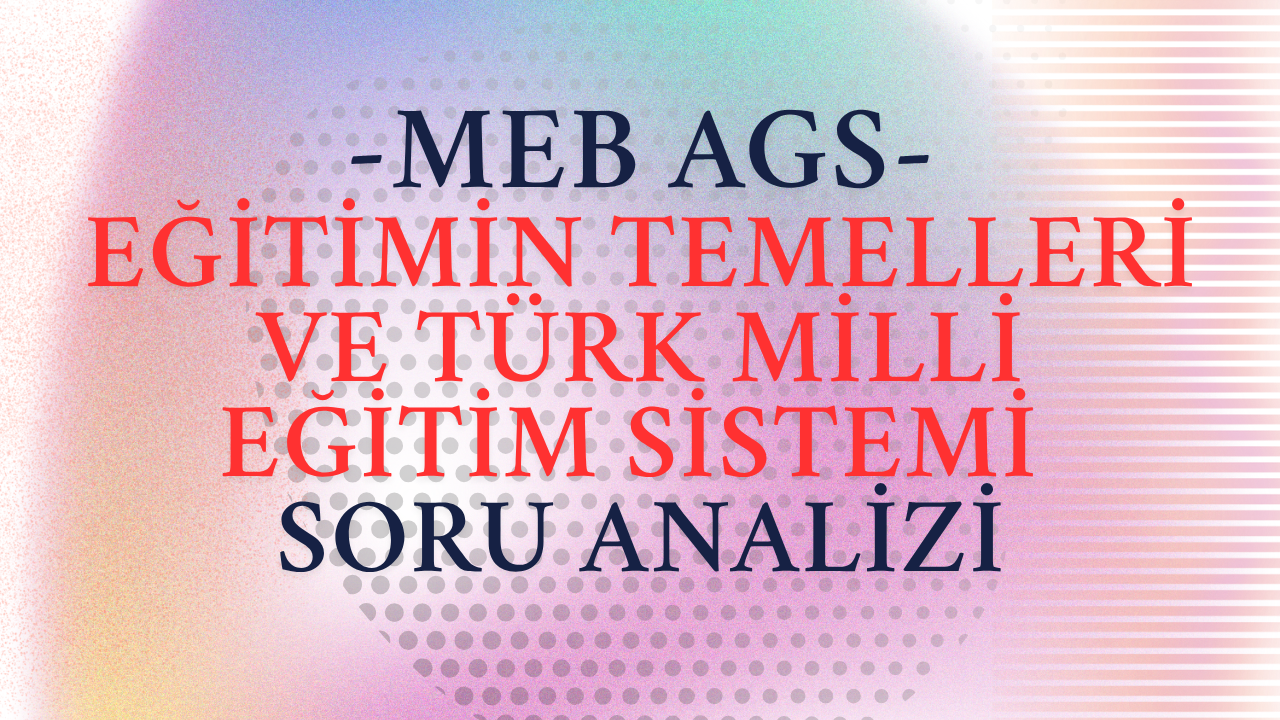
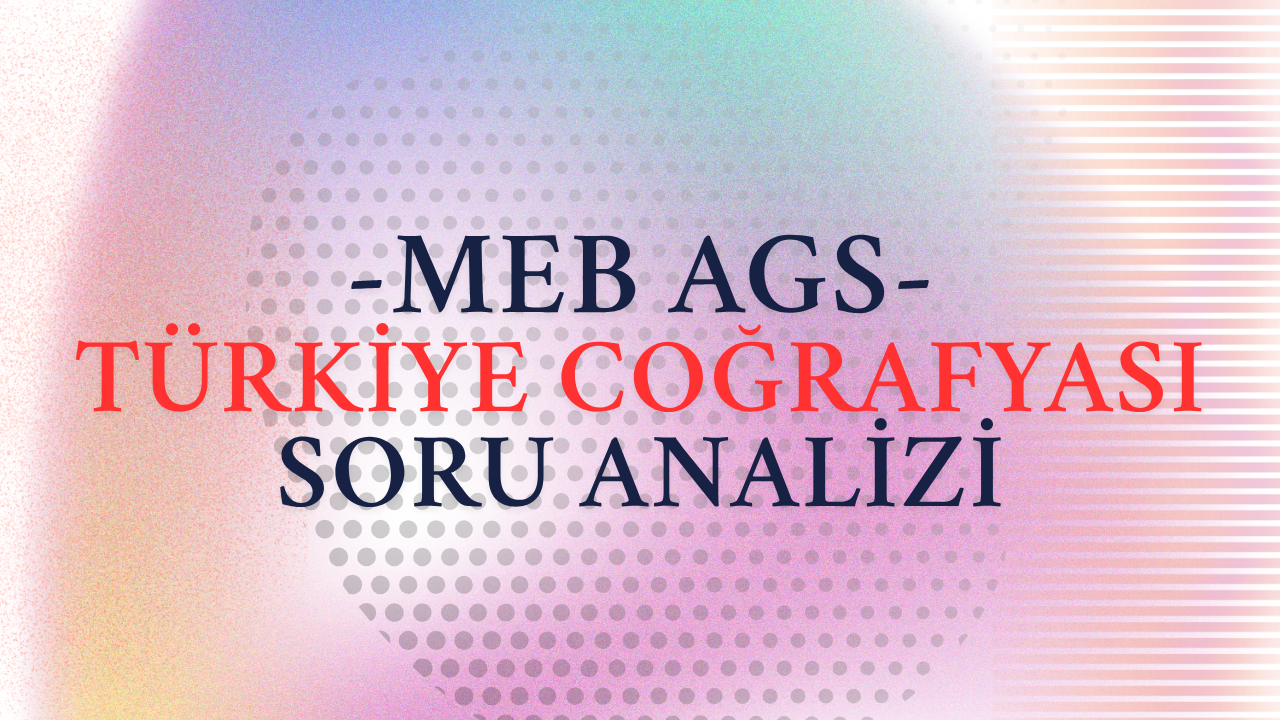






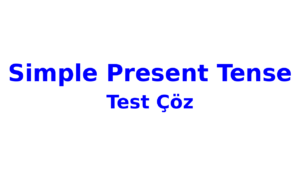

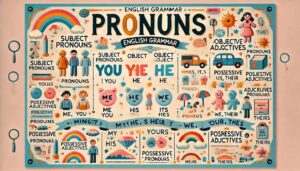

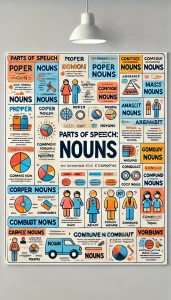
Yorum gönder